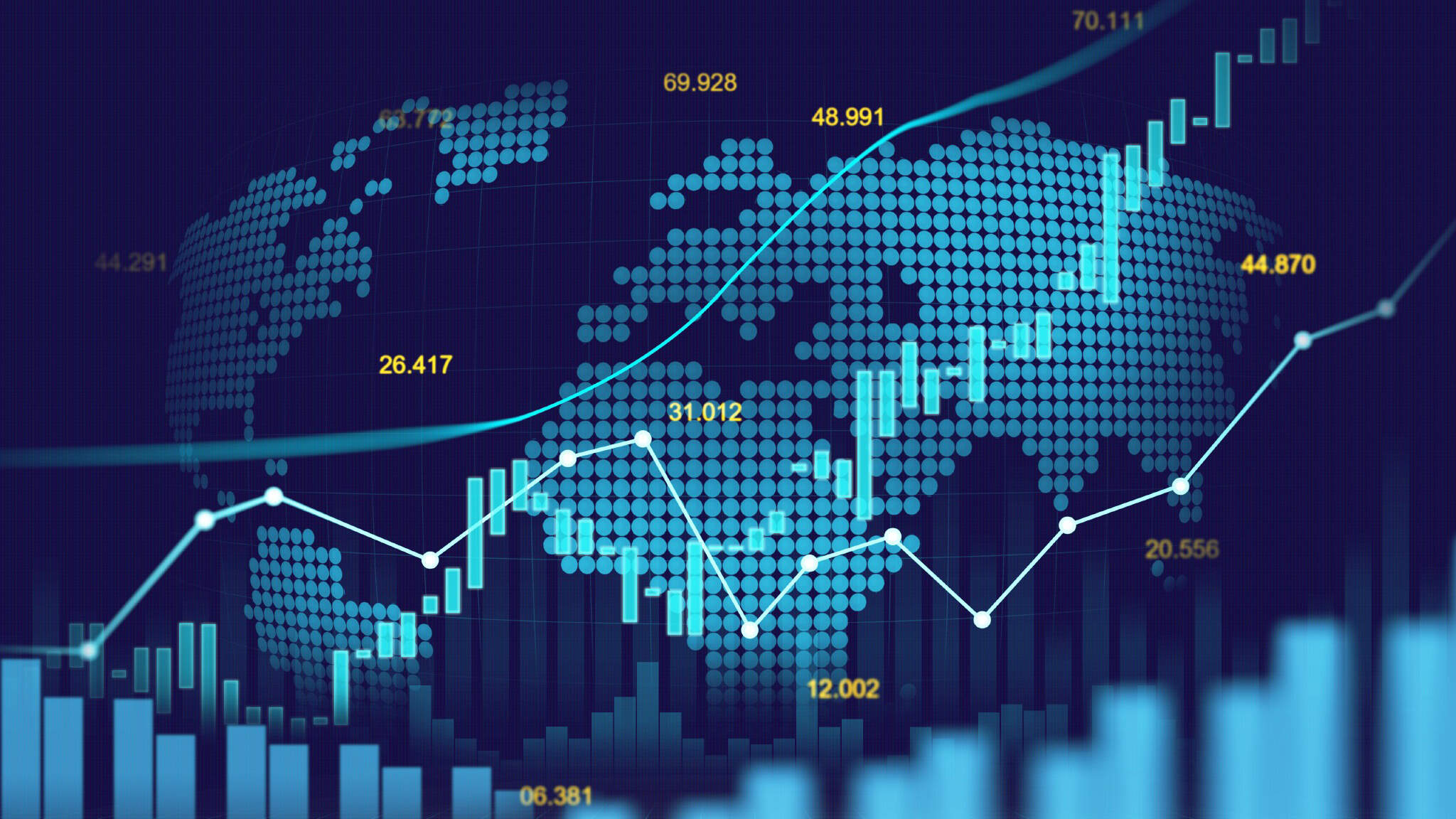What about global trade policy?
The current geopolitical situation is characterized by increasing uncertainty and isolationist tendencies. Does this mean the end of globalization? Has the idea of free trade and cooperation on the markets outlived its usefulness? And what role does Europe play? Thoughts from Burkhard Eling, CEO of DACHSER, on what will be important in managing global trade flows in the future.

In the logistics industry, we think in terms of distance. The distance between our Head Office in Kempten and the White House in Washington DC is 6,800 kilometers as the crow flies. That’s a long way. But what happens in the White House has geopolitical ripples that are also clearly noticeable for us in Kempten—and will have a significant impact on our business activities.
For this reason, we have been following the US election campaign very closely over the last few months. What does the US election mean for the global economy, what does it mean for Germany as a business location, for the logistics industry, and for us at DACHSER?
What remains: Protectionism
What will US trade policy look like in the future? Even before the election, it was clear that regardless of who would ultimately cross the finish line as the winner, the signs will continue to point to protectionism. The reasons for America to want to seal itself off aren’t solely ideological in nature, and they aren’t to be found just in the US. Far-reaching economic transformations, geopolitical crises such as in Ukraine or the Middle East, China’s foreign and subsidy policy—all of these have been driving the trade policy escalation spiral for years. Tariffs have long replaced trade agreements. In 2020, for example, the average US tariff on goods imported from China was 19 percent. The Biden administration has done nothing to change this. Supported by government incentives such as the Inflation Reduction Act, America is in the process of re-industrializing.
Trendsetting changes, especially in challenging times, require long-term action based on shared values and the necessary adaptability.
“America First” is increasingly becoming “America Alone”. The days of major free trade projects are over.

What remains: World regions are interdependent
However, if we look at the trade flows of recent years, a surprising picture emerges: despite all the protectionist tendencies, despite protective tariffs, embargoes, and economic sanctions, the world’s regions are still closely interwoven through trade relations. In the end, isolationism has not led to the interdependencies between the world’s regions being dissolved.
Yes, direct trade flows between the US and China are declining. But flows of goods between Southeast Asia and China and between the US and Southeast Asia are increasing. Just one small example: since 2016, the US has tripled its imports from the Vietnamese computer industry. In the same period, however, Chinese exports to Vietnam of machinery and accessories for the manufacture of computers have increased by 75 percent.
A word about China: despite all efforts to de-couple or de-risk, export quotas have not fallen significantly as well. The UK publication the Economist, for example, analyzed the export data of 120 globally active manufacturing companies. The result: in around 20 sectors—including communication devices and optical instruments—China’s share of global exports in 2023 was over 50 percent. Anyone pursuing a strategy of “nearshoring” or “friendshoring” must be patient. Figures for countries such as Australia, which are consistently withdrawing from China, show that it will take around 35 years before even half of all foreign direct investment there has been withdrawn. It is a fallacy to think that functioning supply chains can be established elsewhere in the short term because production cannot simply be suddenly relocated from China to Taiwan, North Africa, or Turkey.
What remains: Supply chain management as a game changer
So, what will the next US presidency bring for global trade? A look at reality shows us that the world’s regions continue to trade with each other despite protectionism and isolationism—and that the markets have remained stable despite all the political interventions. This is also due to the fact that logistics has succeeded in establishing and expanding resilient networks. With standardized processes, smart IT systems, and, above all, the know-how of employees. There is no doubt that customs duties will further increase complexity and cost pressure. However, that makes it all the more important to manage supply chains correctly. This capability is not only a game changer thanks to the US election.

React with caution and prudence
Trendsetting changes, especially in challenging times, require long-term action based on shared values and the necessary adaptability. Napoleon Bonaparte once said that “the torment of precautions often exceeds the dangers to be avoided.” He certainly didn’t have global supply chains in mind—and yet the phrase also applies to the current situation.
The US has voted. We shouldn’t panic or take action, but instead react with caution and prudence and watch how the markets develop. Otherwise, the price of precautionary measures could end up being higher than the consequences of the dangers we are trying to protect ourselves from.